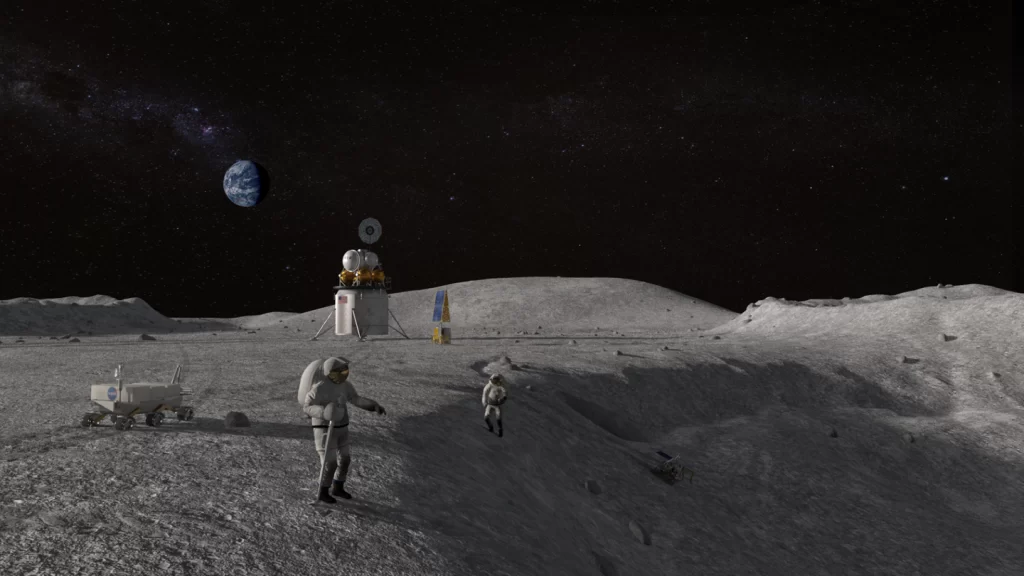Time magazine published a 1968 issue with the metaphor of a Soviet cosmonaut and an American astronaut sprinting to the moon. The space race began in 1957 with the launch of Sputnik, but ended in 1969 with the landing of US Apollo 11 astronauts. The last human to step on the moon, Apollo 17, did so in 1972, and no one has returned.
NASA plans to land astronauts on the moon in 2025, while China aims to land humans by 2030. Robotic missions to the moon are increasing, with Russia aiming for its first return in 47 years and India aiming for its first soft landing on August 23. The world is on the cusp of a second space race, with numerous nations heading for the moon.
Cathleen Lewis, curator of international space programs at the Smithsonian National Air and Space Museums, believes historical space races may not be the best guide for current events. Instead, she sees the current race as a gold rush, or ice rush, due to the discovery of water ice in polar craters in 2018. The US, China, Russia, and India are targeting portions of the lunar South Pole to use this frozen resource for rocket fuel or lunar manufacturing.
The technological basis for space exploration has changed significantly since the mid-20th century. The US and Soviet Union initially developed the technology to go to the moon, but the USSR struggled to launch a crewed mission. Today, nations and private companies possess the capability to send spacecraft to the moon, and space is increasingly crowded, with satellites playing a crucial role in economic independence and affluence.
Moon programs focus on economies, but historical conflicts over resources remain. Space lawyers and diplomats may need time to determine who gets lunar use, as gold rushes slow down.











More Stories
Kangana Ranaut hails Clint Eastwood for working at 95, calls him ‘yogi’: ‘People like him make artists look so good’
Norway Chess: नॉर्वे शतरंज टूर्नामेंट में विश्व चैंपियन गुकेश ने कार्लसन को हराया, पिछली हार का भी लिया बदला
Ishaan Khatter makes fans scream as he pulls off butter smooth dance moves at Miss World 2025: Watch